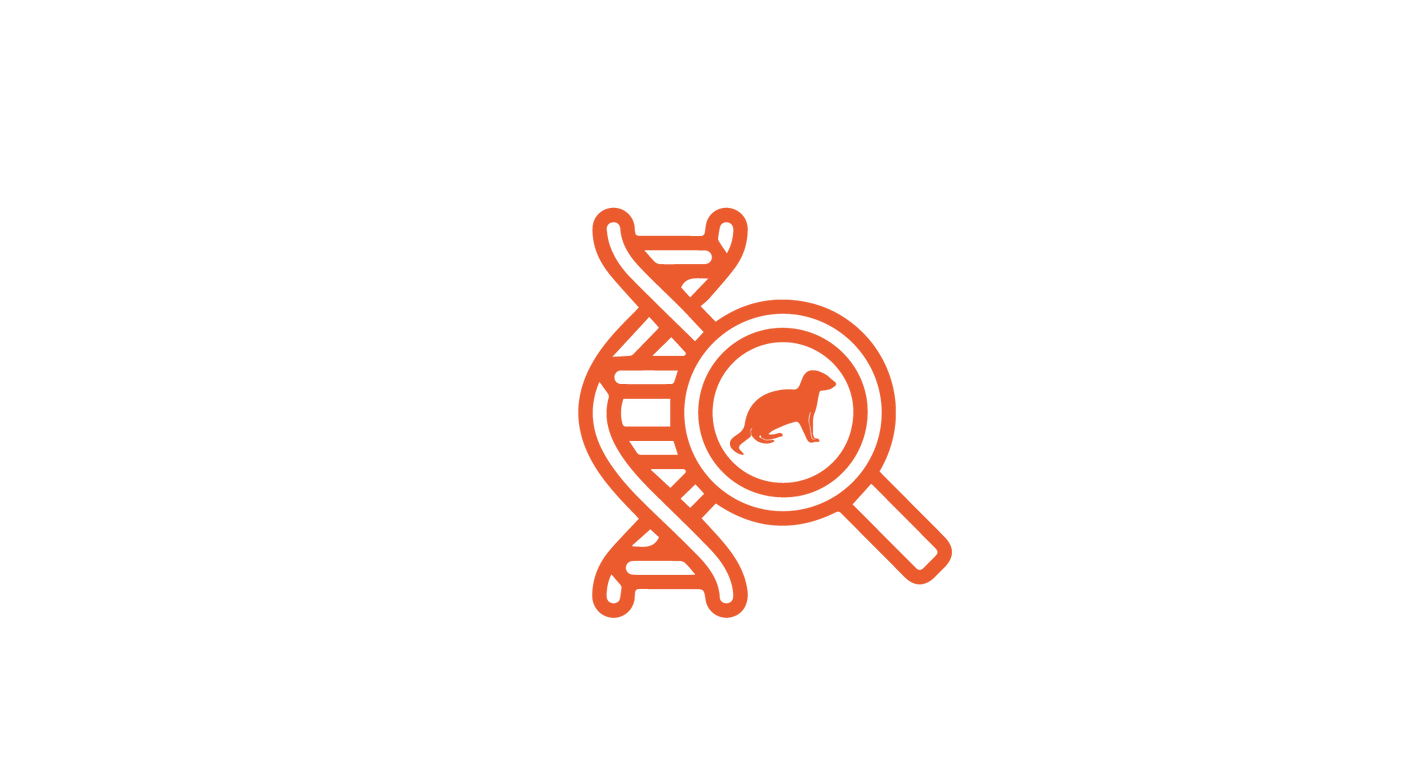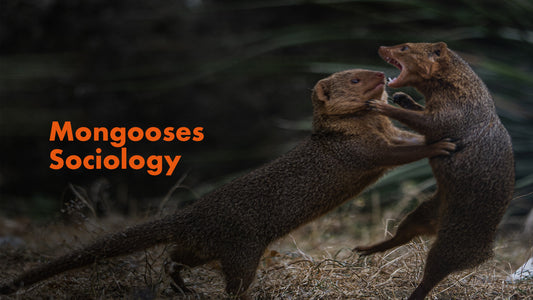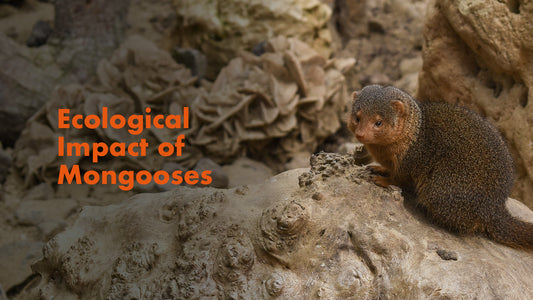If you're considering trapping mongooses, it's likely due to concerns about these invasive species. Mongooses are not native to North America, including the United States. They were introduced to certain regions, like Hawaii and the U.S. Virgin Islands, during the late 19th and early 20th centuries with the intention of controlling rat populations on sugarcane plantations. However, this well-intentioned introduction had unforeseen consequences. Mongooses have few natural predators in these areas, and their presence has had a detrimental impact on native wildlife, including birds and reptiles. To address this ecological issue, trapping mongooses may be considered as part of conservation efforts.
Our aim is to offer practical solutions for addressing the mongoose issue. One effective tool in this endeavor is the innovative GoodNature Mongoose Trap, also known as the A18 Mongoose Trap, which is a top-quality option available in the market. However, it's important to note that the effectiveness of any trap depends on its correct application. This brings us to our secondary mission: assisting you in devising a winning strategy to confront the mongoose problem head-on. To achieve this goal, we've developed a comprehensive guide that equips you with the knowledge required to understand these adversaries thoroughly and employ the traps effectively in your conservation efforts.
-

History and Management
Learn moreThis section discusses the introduction of the small Indian mongoose to Hawaii in the late 19th century to control invasive rats in sugarcane fields. It covers the historical context, the introduction process, and the unintended consequences, highlighting the ecological disruptions caused by this well-intentioned but ultimately unsuccessful effort.
-

Biology
Learn MoreIn this section, we cover mongooses in North America, particularly in Hawaii. Including their physical characteristics, taxonomy, reproductive habits, and their introduction to Hawaii for pest control purposes.
-

Sociology
Learn MoreDid you know that mongooses, those small, elusive creatures, also have their own unique and captivating social structures? While mongooses are often associated with Africa and Asia, they have also made their presence known in the United States, where their sociological behavior is a subject of intrigue and study.
-

Ecology
Learn MoreIn the United States, the relationship between humans and mongooses as pests is a paradoxical one. While mongooses were initially introduced with the intent of controlling agricultural pests like rats, their subsequent impact on native wildlife and ecosystems has led to them being viewed as pests themselves



